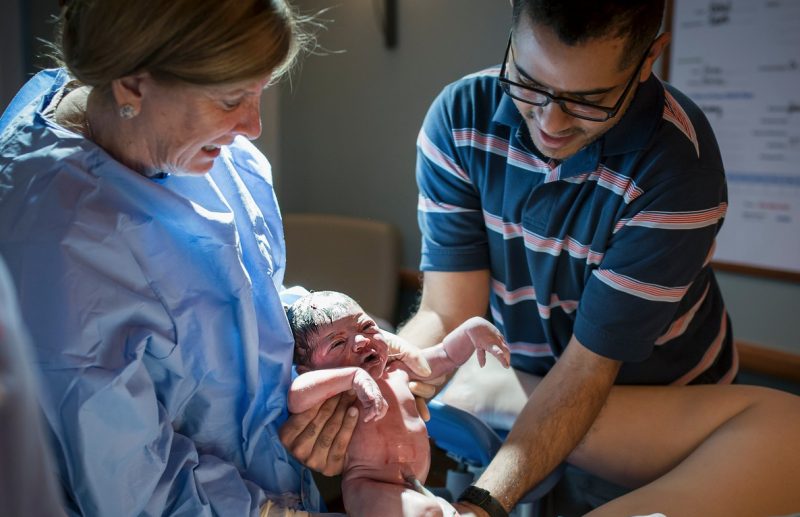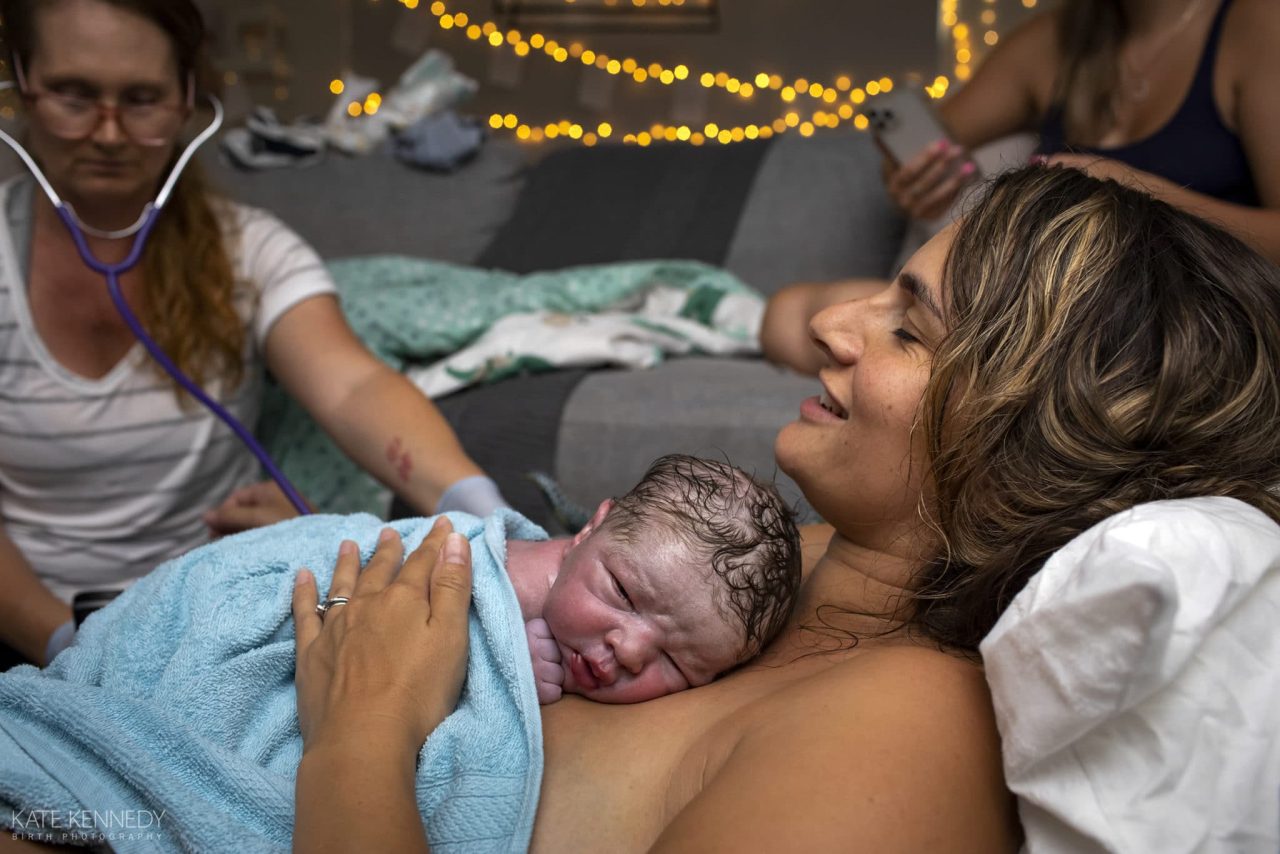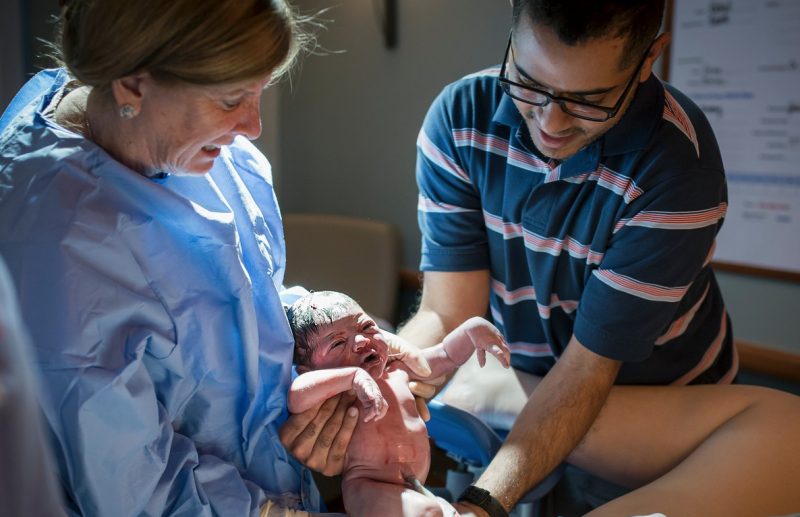BALNEÁRIO CAMBORIU, Brazil — A heart-me.lting moment was captured when two newborn sisters immediately ‘hugged’ each other after being born in the Brazilian municipality of Balneário Camboriú. According to me.dical officials, the twin sisters Liz and Beatriz were linked to distinct pla.cen.tas and are not identical twins.
The twin-sister duo’s due date is unclear, but the siblings have known each other since they were in the w.omb. Many hearts in the delivery room were bro.ken by their hug, which was thought to be the first.

“Liz hugged Beatriz like it was, ‘phew sis, you’re out here with me!’” said Luana Guimaraes, mother of the twins. She shared the moment on her Instagram page on Feb. 18 which went viral soon after it was uploaded. The photograph was captured by the childbirth photographer Bruna Costa. “It will be so special when they see this moment in the future,” said Costa.Apart from the twins, Luana and Augusto are the parents of three children.“We planned to have our fourth child this year, but it came a little earlier, and it was a big surprise, twins!” said Luana. “We always dreamt of having a big family, and now we are bl.essed with five children.”
Luana revealed that her eldest son predicted the twin’s arrival during her initial days of pregnancy.“A few days before I found out I was pregnant, my oldest child dreamed I was pregnant with twins. When I saw those two babies on that little screen, I was shocked. I couldn’t believe it,” said Guimaraes.The babies were con.ceived at 37 weeks without any complications. The mother and the babies are doing well.
Twin pregnancy and per.inatal outcomes: Data from the Birth in Brazil Study, according to a study, account for 2-3 percent of all births globally. Twin pregnancies account for 1.13 percent of all pregnancies in Brazil. Twin pregnancies are more common in Brazilian regions with a higher Human Development Index. In Brazil, twins are more likely than single-born newborns to have low birth weight and growth constraints. Furthermore, twin births have a detri.mental influence on perin.atal health indicators, since they are associated with a greater risk of peri.natal mortality, particularly during periods of high pre.term birth rates.

In low and middle-income countries, early neon.atal m.ortality is seven times higher among twins. The late pret.erm twins have higher odds of ja.undice and face complications in breathing, particularly the second-born infant. Amongst early-terms, twins have higher odds of oxygen therapy and admission to the neonatal intensive care unit.








